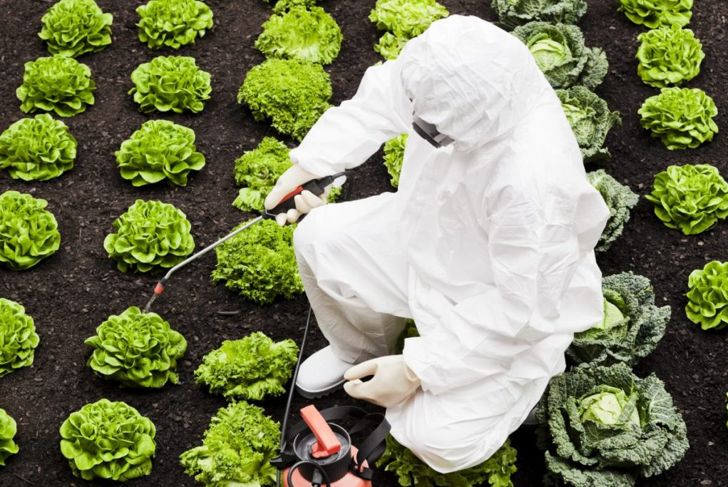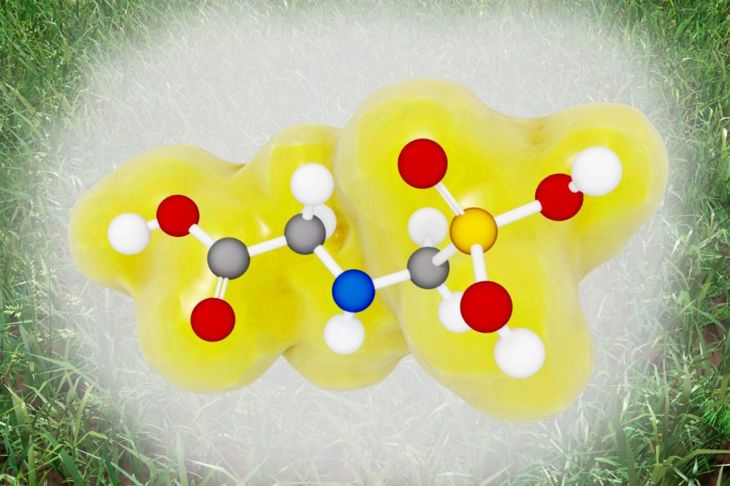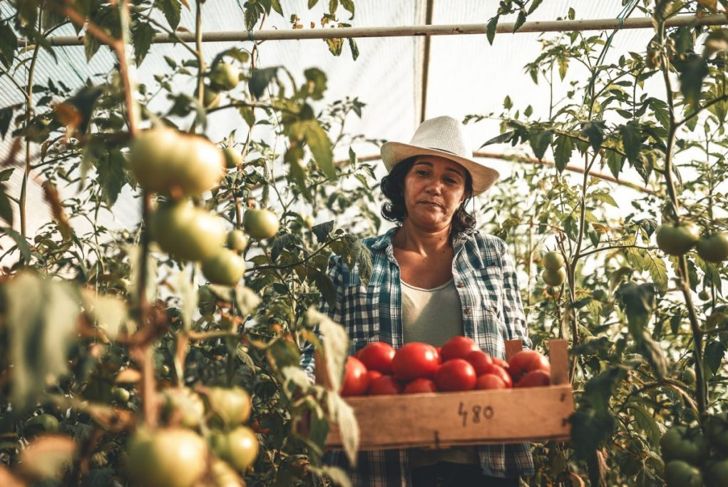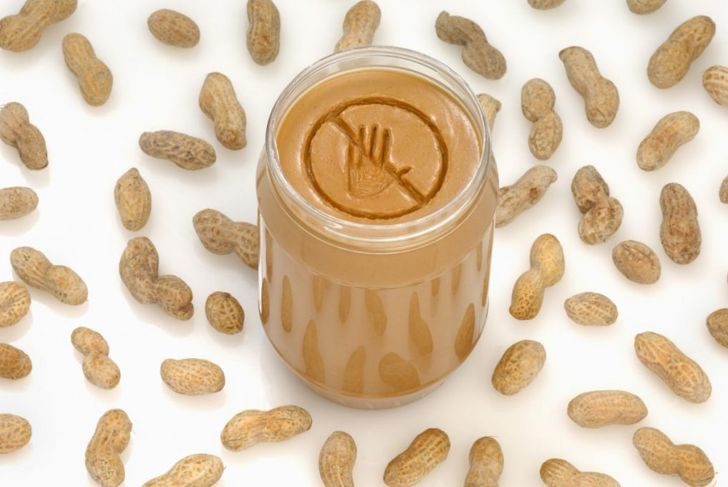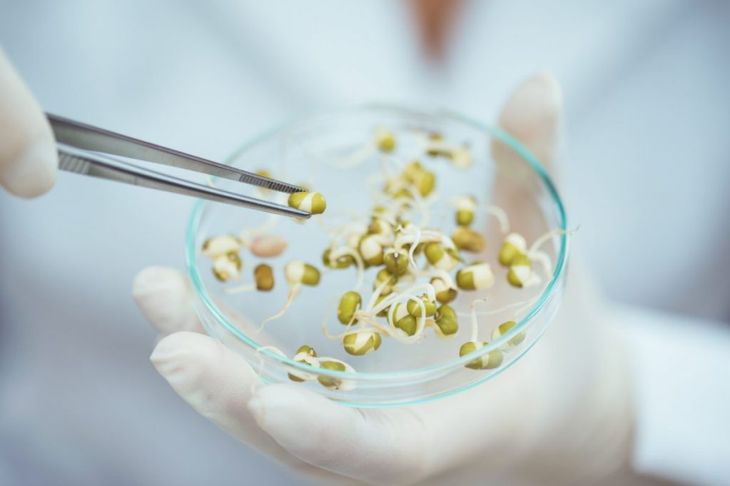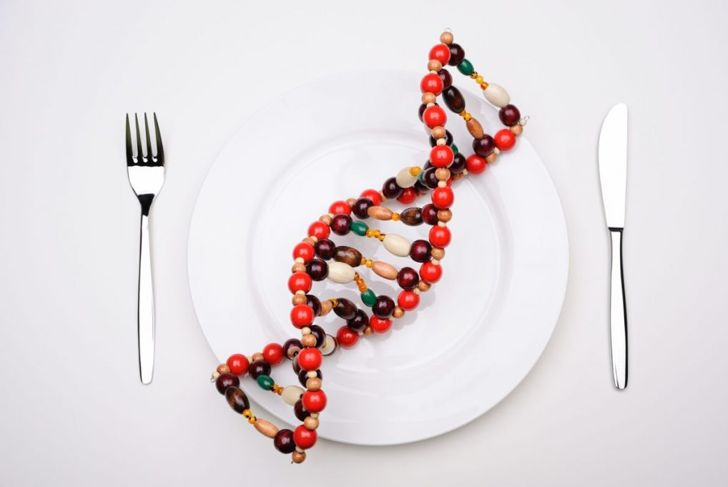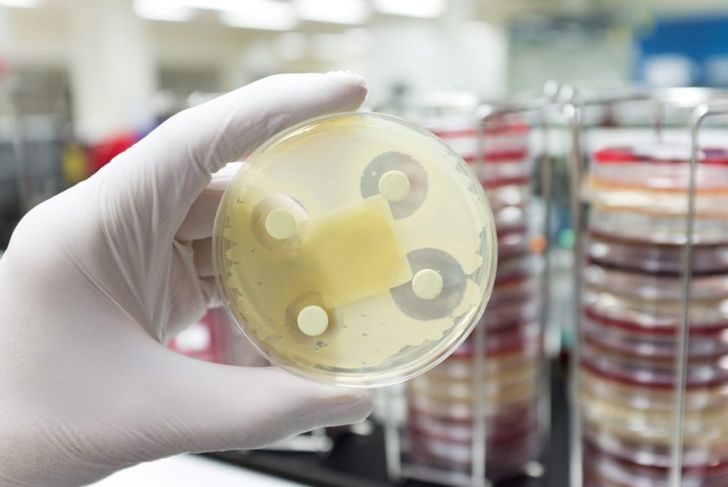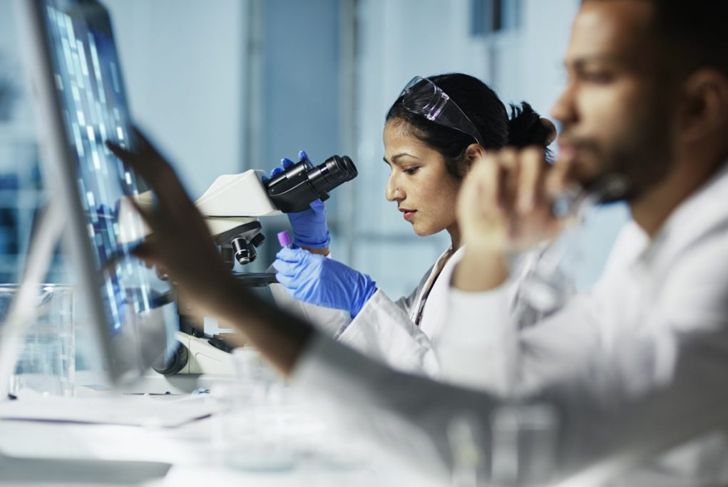Genetically modified organisms, GMOs, have been around for years, and most people have probably used or consumed them without realizing it. When it comes to GMO foods, the combination and recombination of plant, animal, viral, and bacterial genes create both benefits and controversies, which sometimes spill into the emotional, rather than the scientific. Understanding the facts and debunking myths on both sides helps consumers to make well-informed decisions about what goes on their tables.
Lower Herbicide Use
Herbicides control weeds and other unwanted vegetation and are mostly used in row-crop farming. Farmers embraced genetically engineered crops upon their introduction in the late 90s. Along with GMOs, they started practicing conservation tillage, where at least 30 percent of crop residue was left on the soil’s surface. The combination of both practices resulted in less soil erosion, runoff, and herbicide use.
Creating Superweeds
Over time, weeds develop herbicide resistance. Some claim that GMOs passed on their resistance, making GMO crops the primary reason for superweeds. The fact is, weeds were developing resistance to chemicals before the creation of GMO crops. Natural selection dictates that the weaker ones die from certain herbicides, leaving the survivors to propagate. This, combined with farmers’ over-reliance on a single weed-killing solution, shows that GMO plants do not create superweeds.
Better Shipping and Shelf Life
Oxidation that causes browning, such as what happens when you leave a cut apple or potato in the open air, leads to immediate food breakdown. Shipping these types of fruits, especially bananas, is a challenge; after a short time, these fruits succumb to rot and profits are lost. GMO foods tend to have a longer shelf life, helping them hold up better to long-distance shipping and in the produce aisle. Like non-GMO produce, however, nutrient levels begin to decline as soon as the plant is out of the soil.
GMO Food Allergies
When GMO foods introduce more proteins into the equation, there is the potential for allergic reactions. If proteins from common allergenic sources, such as seafood, eggs, or nuts, are combined with other foods, someone with that allergy may have a negative reaction despite reading labels. One GMO corn producer had a gene from a toxin detrimental to insects but harmless to humans. However, it was resistant to digestion, which is a sign of an allergic reaction, so the corn was determined unsafe for humans.
Higher Food Yields
GMO food crops were designed to resist disease and be tolerant of herbicides. In later years, that expanded to drought tolerance and non-browning. A controversial article suggested that GMOs have done nothing to increase yields, but because GMOs reduce crop losses by pests and disease, they allow farmers to reap more of what they sow. This means that they have an indirect role in increasing food yields by about 20 percent, as well as profits.
GMO Company Monopoly
Even though there are a handful of companies in the industry, Monsanto is usually the GMO company that comes to mind. This company has a significant hold on farmers in many countries. They control the seeds of staple crops that are vital in certain regions. By controlling the seeds, they control the farmer’s life and livelihood. This level of dependency concerns many organizations, not only for what it may be doing to farmers but for the possible detriment to plant diversity and sustainability.
Food Quality Improved
One of the benefits of bioengineered foods is a nutritional improvement, especially when it comes to staple crops such as rice, corn, and wheat. Boosting the nutritional profile of food can help improve wellness in developed and underdeveloped nations. Biofortified foods contain essential nutrients, such as protein, vitamin A, and iron. Increased food quality reduces the risks of chronic illnesses that are virtually nonexistent in more developed countries. For example, Golden Rice was created to be rich in beta carotene and is used to fight vitamin A deficiency in Asia.
Building Antibiotic Resistance
Antibiotic resistance is a known threat to human life. People in the GMO field use antibiotic resistance as a marker for which cells to select. A study suggests that this resistance in plants may translate into resistance in environmental bacteria. Others argue this is a rare occurrence, and the issue is still under investigation. Researchers suggest using gene markers with resistance to antibiotics that are never ingested by humans or animals.
Consumer Health Risks
The term “organic” is a major buzzword for consumers and businesses, and all those foods must meet certain FDA regulation criteria to receive the classification. GMO foods are required to meet similar standards to be considered ready for consumption. Additionally, when compared to other foods, there was no evidence that GMO foods carried any more risk to consumers than organic or other foods.
Independent Research
Research is the lifeblood of science, but when it comes to GMO seeds, independent research is not permitted. In some cases, accidentally planting GMO seeds without the company’s permission puts farmers at financial and legal risk; these genetically engineered seeds and plants are patented as company property and are subject to royalties. The fact that the claims of these producers can’t be independently verified leads to many questions about GMO foods, as well as mistrust and suspicion from consumers.

 Home
Home Health
Health Diet & Nutrition
Diet & Nutrition Living Well
Living Well More
More